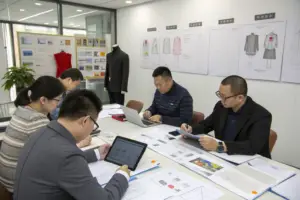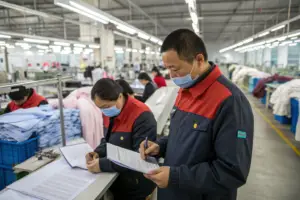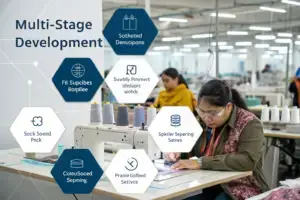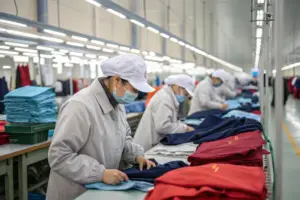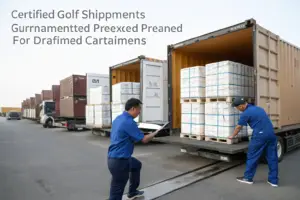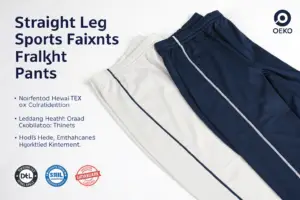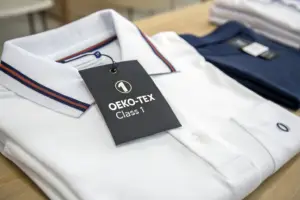In recent years, global trade protectionism continues to grow. It presents the virtues of diversification, concealment, complexity, regionalization, and politicization. Thus, technical barriers to trade have become a norm. It is bringing great challenges to the sustainable development of international trade.
These so-called technical barriers to trade are present in importing and exporting goods to other countries. Implementing trade import controls means enacting laws, decrees, regulations, and rules. There's also a need to establish technology (including the quality, environment) standards, certification system, and examination system. There's a call for intellectual property rights restriction, quota restrictions, such as social responsibility, improving the technical requirements for imported products increase import difficulty. And finally achieving the purpose of restricting imports for non-tariff barriers measures.
The Agreement on Technical Barriers to Trade (TBT) is a WTO agreement. The implementation began after the establishment of WTO on January 1, 1995.
The original intention of implementing this agreement is to safeguard national security and prevent fraud. It also protects the health and safety of human beings, animals, plants, the environment, etc. However, for countries with various environmental laws and measures, this has become a common and hidden trade barrier to replace tariff and non-tariff barriers.
Timely attention to the WTO/TBT notifications, advance technical trade measures to deal with the work, help enterprises and industries to high-quality development, avoid international trade risks will help improve the competitiveness of the global market.
In 2020, the number of TBT notifications for textile and garment decrease
From 2016 to 2020, the estimated average annual growth rate of global TBT notifications is 4.28%. In the same period, the average yearly growth rate of textile and garment TBT notifications is 19.27%. Based on the general trend, the number of TBT notifications in textile and garment is much higher than that in other fields.
However, in 2020, the number of TBT notifications of textile and garment has decreased.
According to a report, the WTO issued 3,354 TBT notifications. This includes 2,044 new notifications of technical regulations and conformity assessment procedures. There were 52 revisions, 1,186 addenda, and 72 errata notifications.
The number of TBT notifications in 2020 increased slightly by 0.54%, compared with the previous year.
In the same period, the WTO issued 44 TBT notifications of textiles and garment. It accounts for 1.31% of the total number of notifications. This is more than double the number of notifications compared with the same period last year.
Among them, 33 pieces of textiles and 11 pieces of clothing were reported.
TBT notifications for fall 2020 mainly rely on the continuous unpredictable events as the COVID - 19 epidemic poses serious challenges. While facing the global economy and global governance, global textile and clothing products trade activity decreased. Some countries focus on dealing with local political friction, oil price flash crash, the U.S. stock market tendencies, global epidemic prevention, control, etc.
TBT submissions for textiles and clothing in Africa have been more positive
In 2020, the top 10 members of TBT notifications submitted to the WTO were the United States, Brazil, Uganda, Kenya, Tanzania, Rwanda, China, Israel, Egypt, and the European Union. They accounted for 61% of the total number of notifications. America and Africa are the main areas that submit TBT bulletin to WTO.
In the same year, the WTO issued the textile and garment category TBT agreement notice to the Americas and Africa. Kenya, Tanzania, Uganda, Burundi, Rwanda, the United States, Taiwan, and Malaysia have separate customs zones. Meanwhile, Turkey and other countries and regions ranked in the top eight. These countries and territories account for 75% of the total number of notifications in the textile and clothing category. In 2020, the top five countries and regions that submitted the notification of the TBT agreement of textile and garment to the WTO are all from Africa. And the number of notifications is increasing year after year.
Africa as one of the emerging markets
Africa is one of the emerging markets when it comes to China's textile and garment export. And it has maintained a certain growth trend in recent years.
According to China's customs data, China's textile and garment exports to Africa reached 18.365 billion U.S. dollars in 2017, with a year-on-year growth of 2.39%.
With $19.018 billion in 2018, that's a year-on-year increase of 3.54%.
Exports continued to expand in 2019, reaching 20.617 billion U.S. dollars, up 8.41% yearly.
In 2020, affected by the epidemic and the global economy, China's textile and garment exports to Africa have declined. However, Africa still accounts for about 6% of China's textile and garment exports.
For China's textile and garment export industries, especially those exporting to America and Africa, it is necessary to pay attention to the WTO/TBT notification. A timely understanding of relevant information, such as technology and standards, improve production quality, take countermeasures, avoid or reduce losses.
New changes in textile and garment TBT notifications field
TBT notification has been characterized by the increasing number of technical regulations and mandatory standards on ecological protection and environmental protection in recent years. It has strengthened the regional integration of technical rules.
The focus of TBT notifications in the textile and garment industry has also changed. In previous years, the notification mainly focused on standards and regulations, while in the past two years. In addition to standards and regulations, TBT notifications of textile and garment has paid more attention to technology, operating norms, safe production, and environmental protection.
The scope of products involved is also wider. In addition to clothing products, home textiles, industrial textiles have also received more attention.
Especially with the outbreak of Covid-19 in 2020, the standards and specifications of epidemic prevention materials have more appeared in the notification of the TBT agreement.
China is the main provider for the supply of epidemic prevention materials in the international market. Other countries, meanwhile, have a great demand for the import of epidemic prevention materials from China. It is necessary to remind the export industries of epidemic prevention materials to pay close attention to the relevant standard changes in the international market. Thus, avoiding market risks.
If you're tired of unexpected fees, missed delivery windows, or confusing customs documents, it's time to try DDP. At Fumao Clothing, we’ve built our operations around serving clients like you—ambitious, quality-focused brand owners in the U.S and Europe. Let us manage your full journey from design to doorstep. Contact our Business Director Elaine at elaine@fumaoclothing.com to explore how our DDP solutions can simplify your sourcing.




